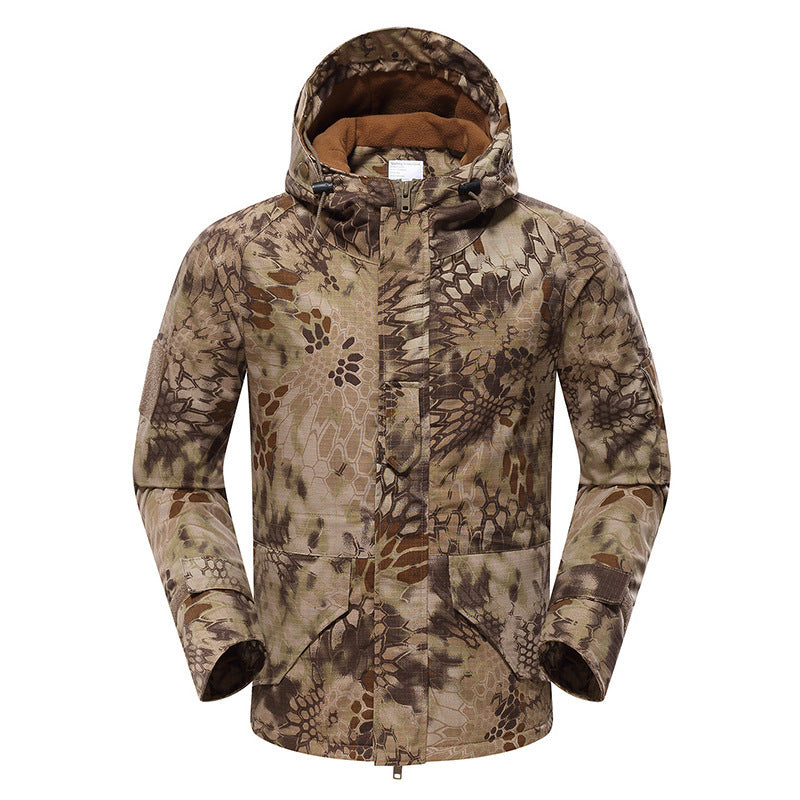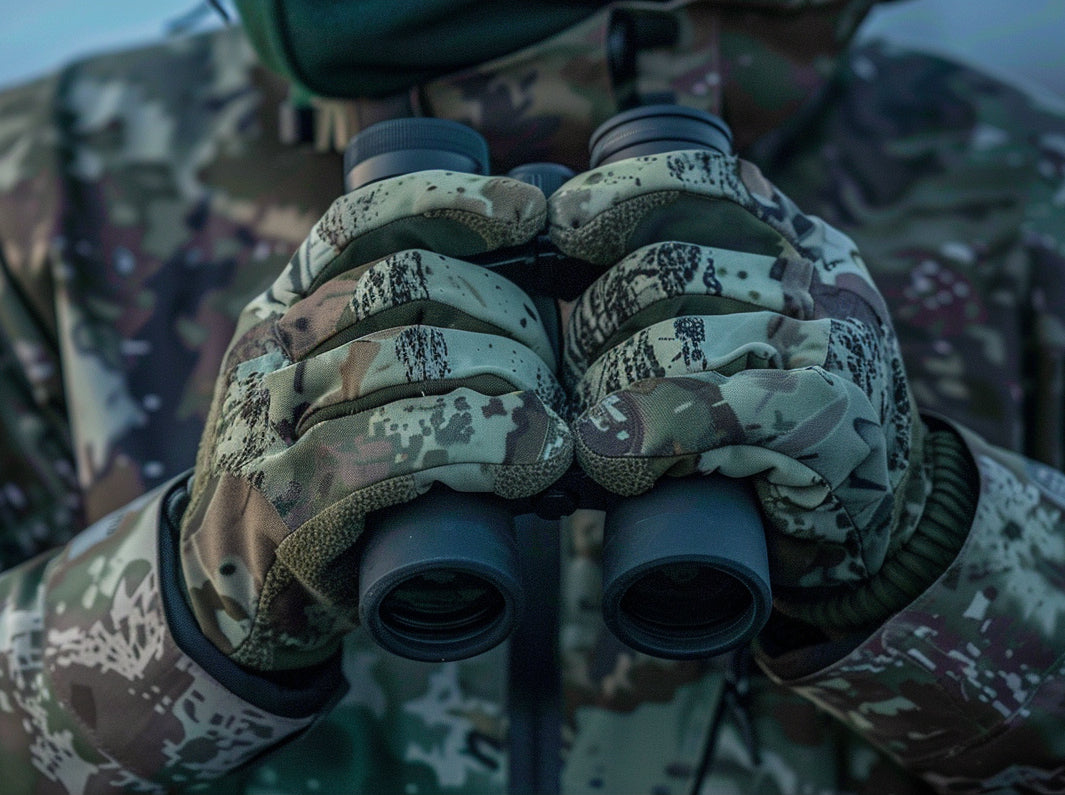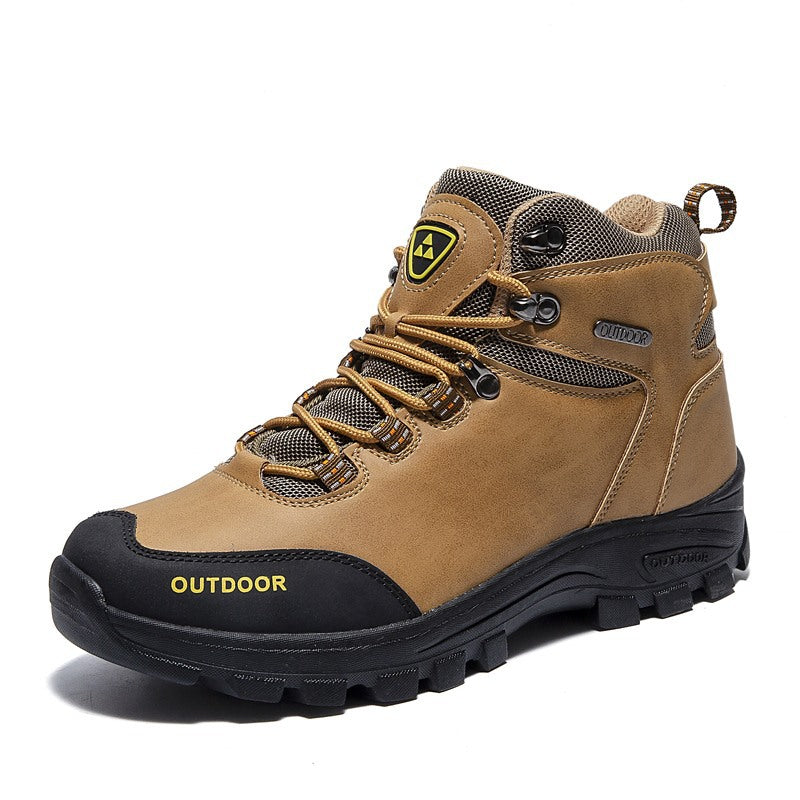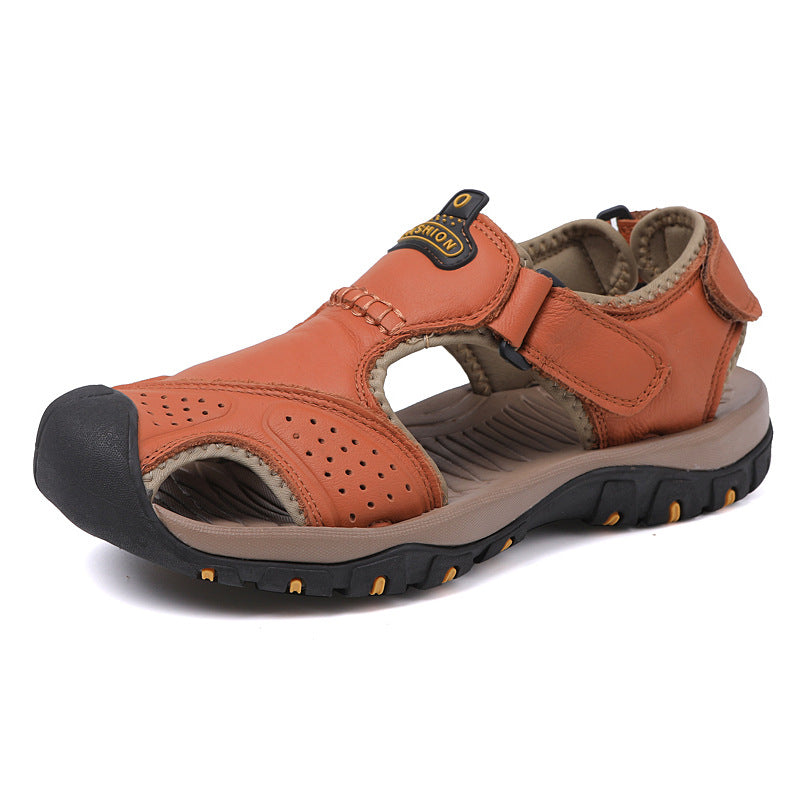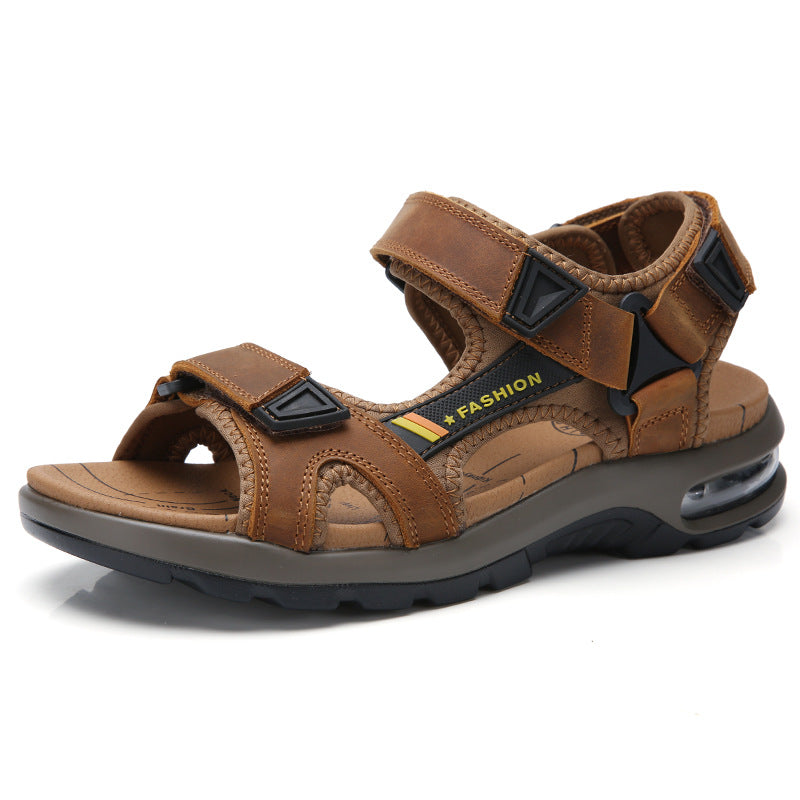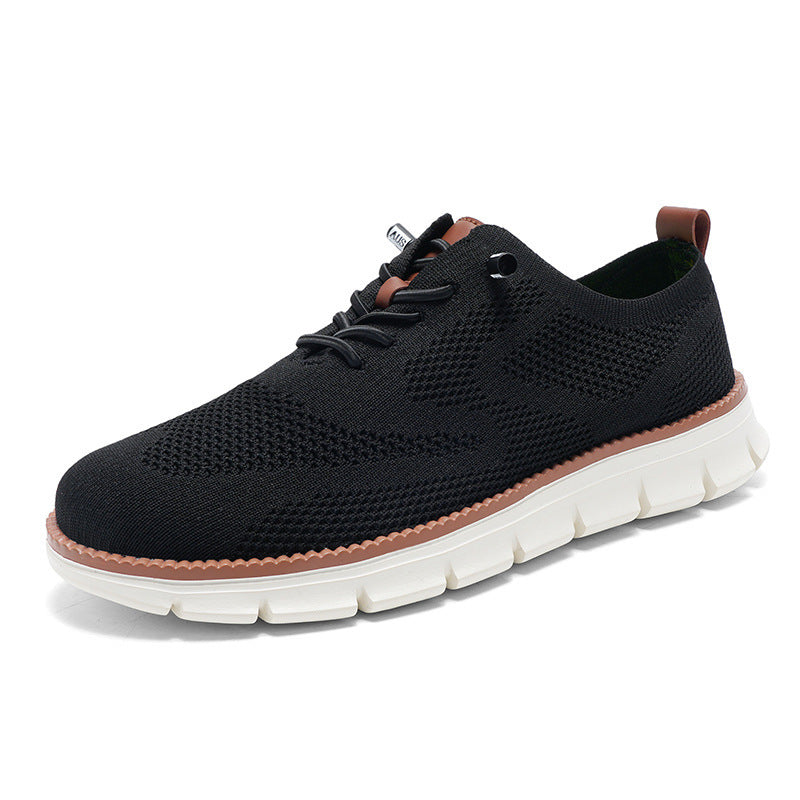
Finding the Right Fit: How to Choose the Best Shoe Size for Maximum Comfort
This guide will walk you through practical tips for selecting the best shoe size to maximize comfort. Whether you're shopping for running shoes, dress shoes, or boots, these insights will ensure you find a size that fits just right every time.
1. Why Finding the Right Shoe Size Matters
Choosing the correct shoe size is about more than just comfort; it’s about maintaining healthy feet. Ill-fitting shoes can cause a range of issues, from calluses and blisters to more severe problems like bunions, plantar fasciitis, and knee pain.
Benefits of the Right Fit:
- Increased Comfort: Shoes that fit well reduce friction and pressure on your feet.
- Enhanced Performance: Properly fitted shoes can improve your performance, especially in sports or fitness activities.
- Foot Health: Reduces the likelihood of foot-related issues, such as arch strain, joint pain, and misalignment.
Investing time to find the right fit now can prevent foot pain and injuries later, making it an essential part of your shoe shopping process.
2. Steps to Measure Your Foot Correctly
Accurate measurements are the foundation of finding the right shoe size. Many people wear shoes that are slightly too small or too large simply because they don’t know their exact foot measurements.
Step-by-Step Foot Measuring Guide:
- Prepare Materials: All you need is a blank piece of paper, a pencil, and a ruler.
- Trace Your Foot: Stand on the paper and trace around your foot with the pencil. Keep the pencil vertical for the most accurate outline.
- Measure Length and Width: Use the ruler to measure the length from the heel to the longest toe and the width at the widest part of your foot.
- Compare to Size Charts: Use a sizing chart from the brand you're interested in, as sizes can vary between manufacturers.
Repeat this process for both feet since some people have slightly different sizes between their left and right foot. Always select the size that fits your larger foot.
3. Understand Different Shoe Sizing Systems
Shoe sizes can vary significantly by country and brand. Understanding the differences in sizing systems is critical when buying shoes, especially if you’re shopping internationally or online.
Common Shoe Sizing Systems:
- US Sizing: Common in North America, with separate size ranges for men, women, and children.
- European Sizing: Typically found in Europe and measured on a single scale, often without differentiation between men’s and women’s sizes.
- UK Sizing: Used in the United Kingdom, similar to the US system but with smaller numerical values.
Checking each brand’s specific size chart, particularly for online purchases, can help you choose the right size based on your measurements.
4. Allow for Natural Foot Swelling
Our feet naturally swell throughout the day due to walking, standing, or even weather conditions. It’s important to account for this when selecting your shoe size to avoid shoes that feel tight by the end of the day.
Tips to Account for Foot Swelling:
- Measure in the Afternoon or Evening: Your feet are likely at their largest during this time, so measuring then will give you a size that remains comfortable all day.
- Consider Activity Level: If you're buying shoes for physical activity, such as running, opt for a slightly larger size to accommodate swelling during exercise.
By allowing a little extra room for swelling, you’ll ensure your shoes remain comfortable from morning to evening.
5. Try Shoes with the Right Socks
The type of socks you wear can significantly impact how your shoes fit. If you’re purchasing shoes for a specific activity or season, make sure you wear the type of socks you’ll normally wear with those shoes.
Sock Tips for Accurate Fitting:
- Thicker Socks for Boots: If buying boots or winter shoes, wear thicker socks to get a realistic idea of fit.
- Thin Socks for Dress Shoes: For formal or dress shoes, stick to thin or dress socks when trying them on.
- Athletic Socks for Sports Shoes: Use the socks you’ll wear during your activities for an accurate fit.
Matching your socks to the shoe type helps ensure that you’re not caught off-guard by an unexpected fit when switching between sock types.
6. Check the Shoe’s Shape and Width
Just as important as length, the width and shape of a shoe play a huge role in fit. Many brands offer different width options to accommodate various foot shapes. For maximum comfort, find a shape that follows your foot’s natural contours.
Width and Shape Tips:
- Choose the Correct Width: Common width options include narrow, regular, and wide. For example, a "D" width may be standard for men, while "B" is standard for women. Make sure to check each brand’s width options.
- Consider Toe Shape: Some shoes have pointed or narrow toe boxes, while others are rounded or square. Choose a shape that matches your foot to prevent squeezing or pinching.
Selecting shoes with a shape that matches your foot ensures a comfortable fit without putting pressure on your toes or arches.
7. Assess Fit through Walk Testing
Simply standing in shoes may not reveal if they’ll truly fit well. Instead, try walking around in them to get a better sense of comfort and support.
Walking Tips to Test Fit:
- Check Heel Fit: Your heel should feel snug without slipping when you walk.
- Ensure Toe Space: Aim for about a half-inch (1.3 cm) of space between your toes and the front of the shoe to allow for natural movement.
- Assess Arch Support: Walk on different surfaces, if possible, to assess the shoe’s arch support and flexibility.
Trying a few steps in the shoes before buying can make a huge difference in finding the most comfortable size.
8. Consider Adjustable Features
Many shoes come with adjustable features, like laces, buckles, or Velcro straps, which can help customize the fit. These features allow you to adjust the shoe’s fit to match your unique foot shape.
Adjustable Fit Options:
- Laces: Offer a secure and customizable fit, making them ideal for shoes you plan to wear for long periods.
- Velcro Straps: Provide easy adjustments and are commonly found on sandals and casual shoes.
- Buckles: Often found on boots or dress shoes, buckles provide a fashionable and practical way to adjust fit.
If your feet tend to swell or vary in size throughout the day, adjustable shoes give you the flexibility to adapt your fit accordingly.
9. Take Note of Brand-Specific Sizing
Finally, it’s worth mentioning that different brands may size their shoes slightly differently. Some brands run larger or smaller than average, and even slight differences in shoe construction can impact fit.
Brand Sizing Tips:
- Consult Size Charts: Many brands provide detailed sizing charts, which can be incredibly helpful when buying shoes online.
- Read Reviews: Customer reviews often contain valuable information about fit and comfort, which can guide you in choosing the best size.
- Consider Brand Consistency: If you've bought shoes from a brand before, you’re likely to have a similar fit with new pairs.
By checking brand-specific details, you can avoid the frustration of dealing with unexpected sizing discrepancies.
Conclusion
Finding the right shoe size doesn’t have to be a guessing game. By understanding your foot measurements, factoring in width, and considering various shoe shapes, you can select the ideal size for maximum comfort. Remember that your footwear impacts more than just comfort—it also affects your foot health and overall well-being. With these tips, you’ll be well-prepared to find a shoe that fits perfectly and provides all-day support.
At WildKing, we offer a wide range of sizes, widths, and adjustable options to ensure every customer finds the best fit. Check out our collection to find the perfect pair that will keep you comfortable, stylish, and supported every step of the way!








